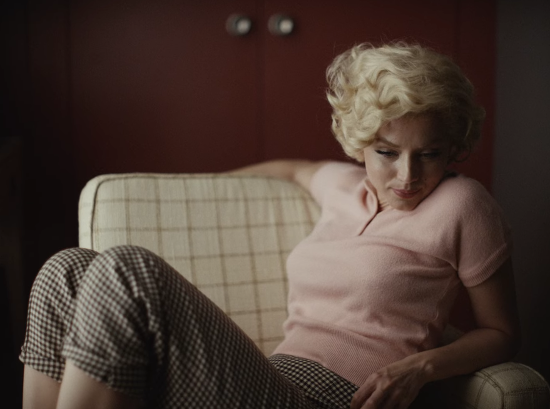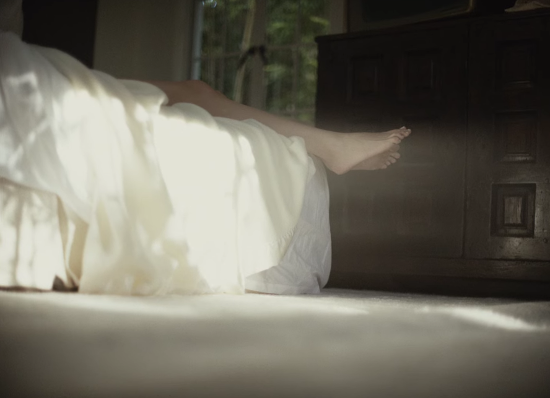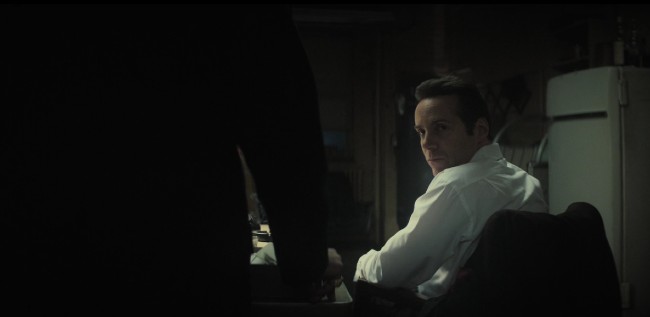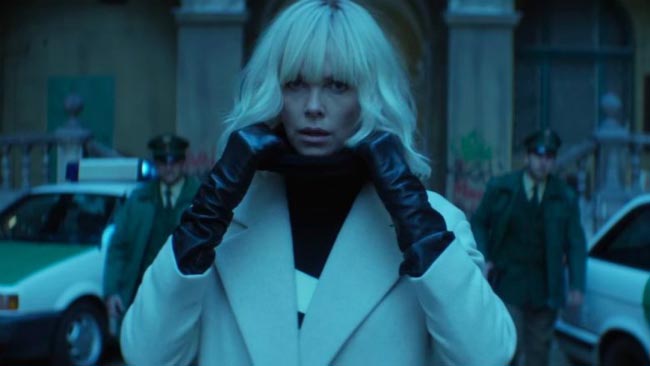Andrew Dominik’s Blonde in Review
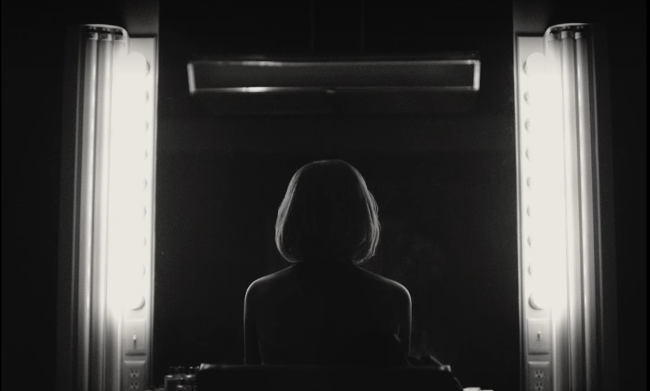
It is without a doubt that the system used, abused, and spit Marilyn Monroe out just as quickly as it swallowed her. These things are not in doubt. Andrew Dominik’s Blonde, based on the novel by Joyce Carol Oates, never questions these things to be anything other than fact. However, no one involved in the production ever claimed Blonde was 100% accurate. It is, afterall, a work of fiction.
A WORK OF FICTION
There’s a disclaimer at the end of every movie that states, in part, the movie you just watched is a work of fiction and no resemblance to people living or dead is intended. This warning is included at the end of all movies whether it’s science-fiction horror or a biopic. Afterall, these aren’t documentaries nor has Dominik ever claimed that Blonde was a documentary. Blonde is a work of fiction.
Sixty years after her death a very loud and very vocal minority layed down all sorts of baseless claims about the movie at the feet of both Domink and Oates. People who weren’t even alive at the time of Monroe’s death felt the need to rush to her defense. They felt the need to control Monroe’s life and death. The irony that Blonde is, in part, a movie about not being able to control the narrative of your own life was lost on these people.
MARILYN MONROE POWER
This is the power Marilyn Monroe still has over people. This is the power of the cult of personality. Monroe never really faded from the collective public imagination. Andy Warhol’s famous screen printing of her portrait has been reproduced on t-shirts, posters, album covers, and more. There have been countless Marylin Monroe movies, books, documentaries, and impersonators. Madonna even took a crack at channeling Monroe in her ‘Material Girl’ video.
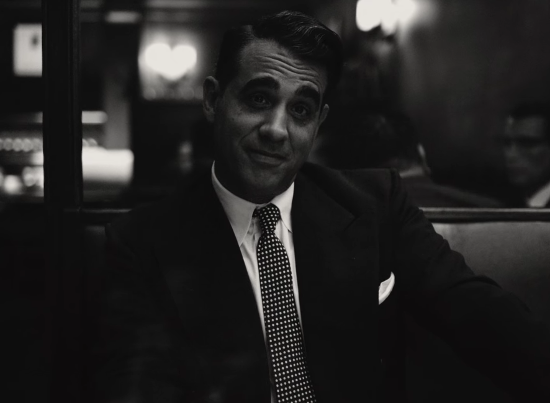
It’s almost excusable that people still feel a strong emotional connection to her, a connection that makes them feel the need to defend Monroe. Except Blonde is not an indictment of Marilyn Monroe nor is it a judgment against her. No, Blonde is an indictment and a harsh judgment against the men in her life who controlled the narrative of her life. What Blonde makes perfectly clear is that whether through manipulation, mental or physical abuse most men in her life were beasts.
EMOTION IN MOTION
The abortion scene some people praised isn’t the anti-abortion stance they think it is anymore than the scenes where she’s being forced to inhale pills are anti-drug scenes. Blonde pummels its audience with moments like these and many others that in other hands may come off as heavy handed. In Dominik’s hands Blonde never comes off as heavy handed. It’s a credit to his direction, but it owes more of a debt to Chayse Irvin’s brilliant cinematography.
The shifting from black and white to color back to black and white may be a simple tool to highlight an iconic moment in her life, but as many scenes in black and white aren’t iconic it’s just as likely that these shifts, as well as the shifts in perspective, are only meant to heighten the emotion of the scene. Blonde is full of emotion.
THE ACCENT
The biggest complaint people had about Blonde, even before seeing the movie, was Ana de Armas’s accent. Yes, you can hear the accent. In some scenes it’s more pronounced than at other times. Armas is in almost every scene of Blonde. In each of those scenes she delivers a performance with a raw emotion she hasn’t displayed in her previous work. So, yes, you can hear her accent, but you’re going to forget to notice the accent. A Best Actress nomination was most definitely warranted.
If you can walk out of Blonde without feeling something, anything it’s not the fault of the movie. If you think Dominik is trashing Marilyn Monroe you’re watching a different movie than what is actually on your screen. Preconceived notions are the death of art. Leave any that you have behind before pressing play on your remote and you will enjoy the movie more than those who took time to trash it before it was even released.


